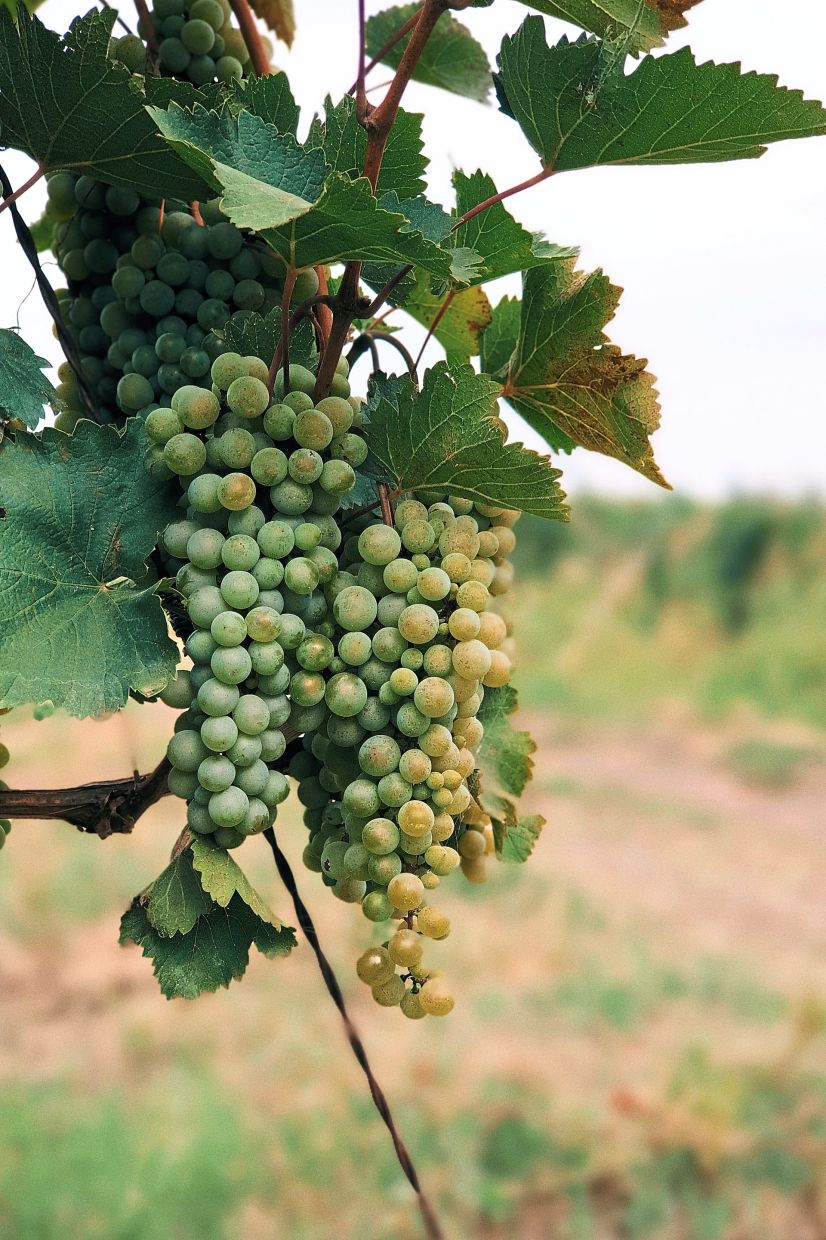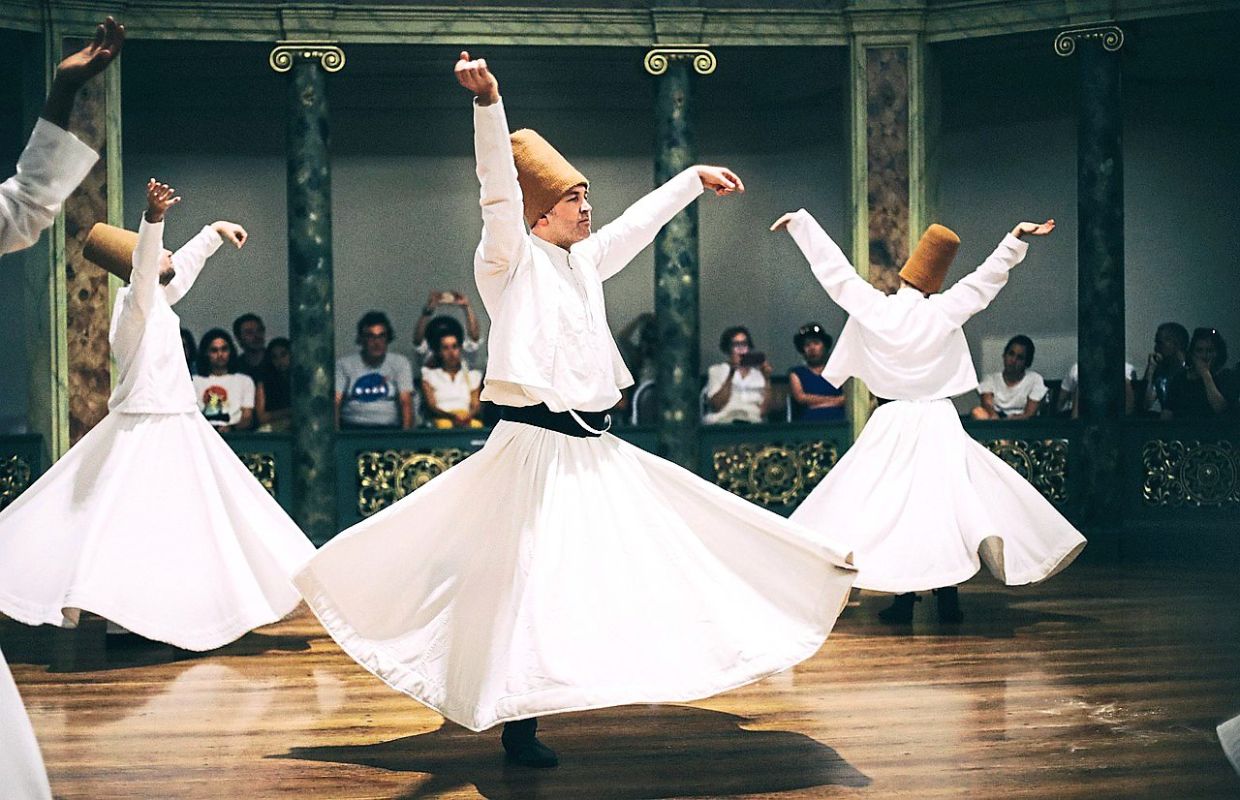The Whirling Dervishes is one of the most popular cultural experiences in Istanbul. — Pixabay
There are countless cultures and traditions in the world and it would be impossible for anyone to learn, or know, all of them. Frankly, there is no need to do so either but experiencing new cultures not only gives us an insight into the history of the world and her people, but also allows us to better understand each other.
As a multi-cultural, multi-religion and multi-ethnicity country, Malaysia no doubt has some of the best cultural experiences. In fact, it is one of the country’s biggest attractions, alongside our fantastic nature, wildlife and delicious food.
But for Malaysians looking to widen and enrich their knowledge of the world, here are some cultural experiences and destinations worth checking out.
The Day of the Dead or Diá de Muertos is an annual event celebrated in Mexico on Nov 1 and 2, which are also known as All Saints’ Day and All Souls’ Day respectively in the Catholic calendar. It is a celebration of both life and death, and originated thousands of years ago in Mexico itself, although today it is celebrated all over Latin America.
It is said that the festival’s origins date back to pre-Hispanic times, when the dead are still considered members of the community, living in the memory of loved ones. On the Day of the Dead, the ... dead return to Earth temporarily to be among family and friends.
If you’ve seen the cute animated feature Coco you would probably have a basic idea of what this celebration entails. In reality, the Day of the Dead has a more complex and deeper meaning, which you would only be able to understand if you experienced it yourself.
On this day, there will be parades and parties all over Mexico, with folks dressed in costumes and fun makeup, giving offerings to the dearly departed. For a more culturally immersive experience of this event, head to Oaxaca City, the capital of Oaxaca state in Mexico.
Salsa – no, not the edible kind – is not easy to master, especially if you have two left feet or are someone with no rhythm. But it is a fun experience to try, especially in Colombia, where it is socially acceptable to just suddenly bust a move in public.
Even if your moves aren’t that great.
But don’t worry, in Colombia dancing is a huge part of its cultural heritage, so you can easily find classes that can teach you how to salsa. And once you finally have the confidence to show off your newly-acquired skills, head on over to any of the “salsatecas” (salsa clubs) that are found all around Colombia.
There are also classes which teach students the history of salsa and its significance in Colombian culture.
Want to learn how to be a shepherd? Then head to Iceland.
Iceland is not just about the Northern Lights, fjords and Bjork – it is also a major sheep herding country. Reportedly, there are more sheep in Iceland than there are humans, so it makes sense that sheep herding, or Rettir, is a centuries-old tradition there.
Rettir season is typically at the start of winter, which, in the context of Iceland, takes place around September. During the warmer summer months, farmers will let their sheep wander freely out of their property and into the highlands. There are no known large predators in Iceland so farmers are not worried about their livestock getting mauled during this period.
Once the colder months kick in, Rettir begins. Farmers and their family will hold the annual ritual of gathering all the sheep, herding them back to a large pen, before returnnig them to their owners (the sheep are all marked, of course).
As there are hundreds and maybe even thousands of sheep to be gathered, some farmers will let tourists join in the group, giving them a hands-on experience of herding sheep the traditional way.
Visits to Europe should not just revolve around magnificent castles, gorgeous gardens, shopping galleries and, food and wine counties. The continent plays a significant part in the dark history of the modern world, and we need to educate ourselves on what they were.
The Auschwitz-Birkenau Memorial and Museum in Poland was formerly a German Nazi concentration and extermination camp. The place was established by the Germans in 1940 in the Polish city of Oswiecim; it was annexed by the Nazis and then renamed Auschwitz.
As the Nazis took over Poland, Poles were arrested en masse and placed in prisons. When the prisons were full, they were then sent to Auschwitz.
According to the museum’s website, initially, Auschwitz was supposed to replicate the concentration camps that the Nazis had been setting up around Europe since the early 1930s. In early 1942, it became the largest of all the extermination centres that the Nazis had established for the purpose of killing European Jews.
At some point, the number of prisoners that were placed in the first (Auschwitz I) and second camps (Birkenau or Auschwitz II) hit over 100,000!
There is so much to learn and see at this memorial. The website recommends spending at least 90 minutes at Auschwitz I and another 90 minutes at Auschwitz II, in order to learn the course of events and understand their impacts on the world.
The museum also says that it is essential to visit both camps, “in order to acquire a proper sense of the place that has become the symbol of the Holocaust of the European Jews as well as Nazi crimes againt Poles, Romas and other groups”.
The Sema Ceremony or Whirling Dervishes show is one of the most popular cultural experiences in Istanbul, Turkiye. It’s not hard to see why, though, as it is a pretty unique ceremony.
The ceremony was developed by the famous Islamic poet, theologian and spiritual master Mevlana Celaleddin-i Rumi (1207-1273). Sema is considered one of the most important heritages in Sufism, a mystical Islamic belief.
The Sufis (or “Mevlevi” in Turkish), are also known as Dervishes, and they dedicate their whole lives to finding a closer bond to God through worship, prayers, a highly developed form of Ottoman music called “ayin”, and whirling.
Some Sufis can be found living in places that continue to practice the ancient Mevlevi culture. One such place is the Galata Mevlevi Lodge & Museum in Istanbul. This is where most people will go to catch the Sema Ceremony, which includes the whirling dance.
The full Sema Ceremony takes a few hours to complete, with the Whirling Dervishes show usually taking place between 7pm and 8pm. There are a handful of other places that organise the ceremony, too, so check with a tour agency or visit the GoTurkiye website (goturkiye.com) for more information.
The country of Georgia is coincidentally one of this year’s top countries to visit for cultural experiences, especially when it comes to wine and winemaking. Reportedly, some archaeologists have traced back the world’s “first wine” to the people of the South Caucasus (where Georgia is a part of) in 6,000BC.
Known as Rtveli, this ancient tradition of harvesting grapes and making wine in Georgia takes place in autumn, or from the end of September, depending on the region, as well as the weather. During this period, the grapes need to be harvested quickly as delaying it would affect the taste and quality of the wine. This means that everyone in the community or village – which includes young children – needs to take part and help out in any way they can.
This is why some extra help from visitors and tourists are very much welcome during this time.
Once the grapes are harvested, they are processed in egg-shaped clay vessels known as qvevri. The vessel, which was inscribed in the Unesco Intangible Cultural Heritage list in 2013, is also used to age and store the wine.
Rtveli is truly an auspicious celebration in Georgia, so expect lots of merry-making and feasting to take place after the grapes are harvested.
The Kingdom of Bhutan, dubbed the “land of happiness” and the only nation in the world that has a Gross National Happiness score, is more than just the famous Tiger’s Nest temple or Paro Taktsang. Here is where you learn to take things slow, to be happy with what you have (and enjoy them), and to appreciate the simplest of things.
It is also in Bhutan where you will realise that you’re not as physically fit as you initially thought you were ... but that’s a different story. (Bhutan is a landlocked, mountainous country in the Himalayas, so bring some altitude sickness pills if you don’t think you can acclimatise that easily.)
Bhutanese culture is steeped in Buddhist teachings; to them, Buddhism is not merely a religion but a way of life. Monks are revered and some people would actually get a blessing from a monk every morning. Getting a spiritual reading from a monk is also considered common practice.
Because of Bhutan’s controlled tourism policy – in which tourist numbers per day are capped and each visitor now has to pay a daily Sustainable Development Fee of US$200 (RM900), excluding accommodation and food payments – you would most likely experience many of the country’s traditions during your tour. From learning how to do their traditional dances to weaving silk cloth the olden way, and cooking typical Bhutanese dishes, there are many things to try here.
But perhaps the best one is archery, which is the national sport of Bhutan. It is also one of the kingdom’s traditional sports that is said to have been around for more than 2,000 years. It is not difficult to find a place to learn the sport here, as each town and village has its own archery field, where locals would be more than happy to teach visitors how to handle the bow and arrow correctly.
The best times to visit Bhutan are in spring (March, April, May) and autumn (September, October, November), when many Bhutanese festivals are held.












